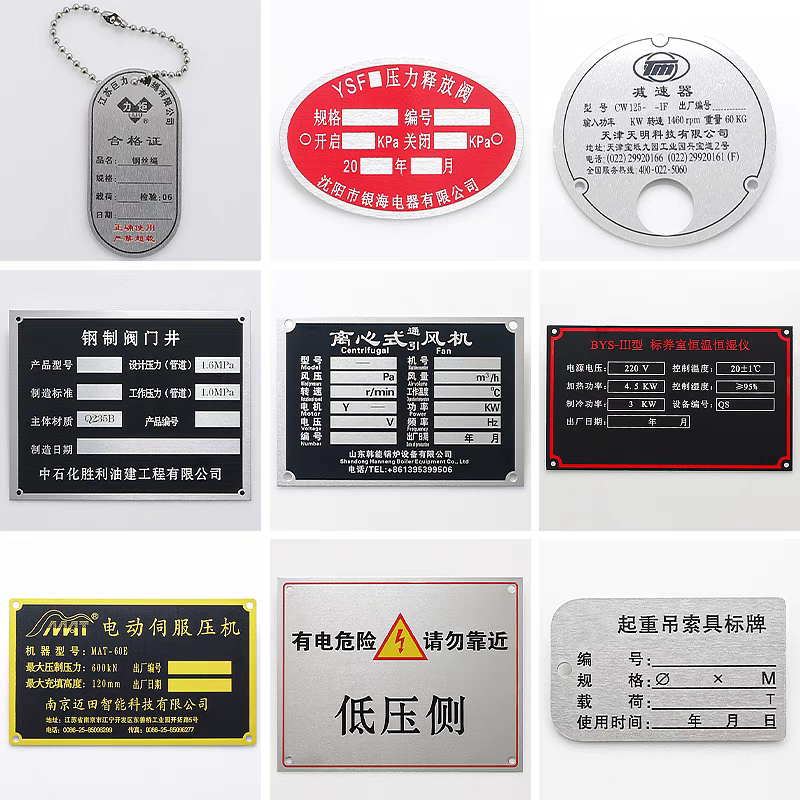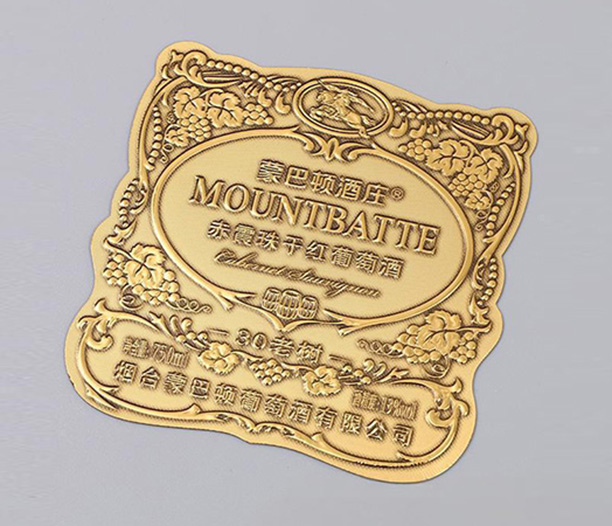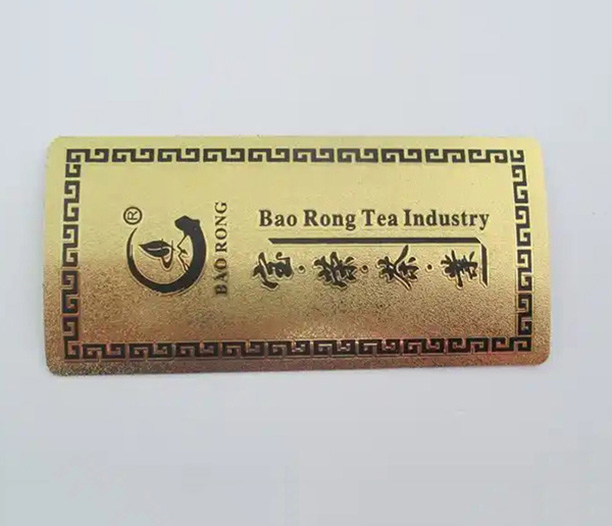Navigating the world of chemicals, whether in an industrial setting, a scientific laboratory, or even at home, demands a primary skill: the ability to understand the information presented on a container's label. When reading a chemical label, it is your first and most crucial line of defense against potential hazards. It is a legal document, a safety guide, and an emergency manual condensed into a small space. Misinterpreting this information can lead to catastrophic consequences, including injury, environmental damage, or regulatory fines.
This comprehensive guide will break down the seven most critical elements to identify and understand when reading a chemical label. Mastering these components will empower you to handle substances safely, store them correctly, and respond effectively in case of an incident.

1. Identify the Product and Supplier Information
The first step when reading a chemical label is to correctly identify the substance and its source. This section might seem basic, but its importance cannot be overstated, especially during an emergency.
Product Identifier: This is typically the chemical's common name (e.g., "Isopropyl Alcohol," "Sodium Hydroxide Solution"). It should match the name found on the Safety Data Sheet (SDS). For mixtures, the manufacturer will use the trade name (e.g., "SuperClean Degreaser").
Supplier Information: This includes the name, address, and contact phone number of the manufacturer, importer, or distributor. In the event of a spill, exposure, or if you simply need more information, knowing how to contact the supplier is essential. An emergency contact number, often required to be available 24/7, is a key part of this section.
Why it matters: Imagine a spill in a storage closet with several unmarked bottles. Without a clear product identifier, initiating the correct emergency response becomes guesswork. Furthermore, having the supplier's contact details ensures you can get expert advice specific to that product immediately.
2. Decipher Hazard Pictograms and Symbols
Globally, the language of chemical hazards has been standardized by the Globally Harmonized System of Classification and Labelling of Chemicals (GHS). This system uses pictograms—black symbols on a white background within a red diamond—to communicate specific hazards visually. Recognizing these symbols is a fundamental skill when reading a chemical label.
There are nine GHS pictograms, each representing a distinct hazard class:
Flame: For flammable liquids, solids, and gases.
Flame Over Circle: Signifies oxidizers, which can cause or intensify a fire.
Skull and Crossbones: Indicates acute toxicity, which can be fatal if swallowed, inhaled, or absorbed through the skin.
Corrosion: Warns of skin corrosion/burns and eye damage; can also corrode metals.
Exploding Bomb: For explosives, self-reactive substances, and organic peroxides.
Health Hazard: Represents a range of health risks, including carcinogenicity, respiratory sensitization, and organ toxicity.
Exclamation Mark: Used for less severe health hazards, such as skin irritation, eye irritation, or skin sensitization.
Environment: (Non-mandatory in the U.S. but often used) Warns of aquatic toxicity.
Gas Cylinder: For gases under pressure.
Why it matters: Pictograms transcend language barriers and provide an instant, intuitive understanding of the primary dangers associated with the chemical. A quick glance at the "Corrosion" symbol, for instance, immediately tells you that personal protective equipment (PPE) like gloves and goggles is non-negotiable.
3. Understand the Signal Words and Hazard Statements
While pictograms give a visual cue, the text on the label provides detailed descriptions of the hazards. When reading a chemical label, pay close attention to the signal word and the hazard statements.
Signal Words: There are only two signal words used under GHS. Their presence indicates the relative severity of the hazards.
Danger: Used for more severe hazards.
Warning: Used for less severe hazards.
A label will only have one signal word. If "Danger" is applicable, "Warning" is not used.
Hazard Statements (H-Phrases): These are standardized phrases that describe the nature and, where appropriate, the degree of the hazard. They are assigned a unique code (e.g., H225, H318).
Examples: "Highly flammable liquid and vapor," "Causes serious eye damage," "Toxic if swallowed."
Why it matters: The signal word helps you prioritize risks. A chemical with a "Danger" signal word requires more stringent controls and a higher level of caution than one with a "Warning." The hazard statements remove all ambiguity by explicitly stating what the specific dangers are, allowing for precise risk assessment.

4. Review Precautionary Prevention and Response Measures
A chemical label is not just about identifying dangers; it's about providing actionable steps to avoid them and manage them if they occur. This is where the precautionary statements come in. When reading a chemical label, this section is your "how-to" guide for safe handling.
Precautionary statements are categorized and often prefixed with a letter:
Prevention (P-Codes): Advice on how to minimize or prevent exposure or unsafe handling. Examples include: "Wear protective gloves," "Use only in a well-ventilated area," "Keep away from heat/sparks/open flames."
Response (P-Codes): Instructions for what to do in case of accidental exposure, spill, or fire. Examples: "IF ON SKIN: Wash with plenty of soap and water," "IF INHALED: Remove person to fresh air," "In case of fire, use water fog."
Storage (P-Codes): Guidelines for safe storage conditions. Examples: "Store in a well-ventilated place," "Keep container tightly closed," "Store locked up."
Disposal (P-Codes): Recommendations for safe disposal. Example: "Dispose of contents/container in accordance with local/regional/national/international regulations."
Why it matters: These statements provide the direct link between recognizing a hazard and implementing a control. They are the manufacturer's direct instructions for keeping you safe. Following the prevention and response measures meticulously can prevent an accident from happening in the first place and mitigate its effects if it does.
5. Locate the First Aid Measures
Despite all precautions, accidents can happen. Therefore, when reading a chemical label, you must always note the first aid measures. This information is critical for providing immediate and correct assistance to oneself or others before professional medical help arrives.
This section will outline specific first aid instructions for different routes of exposure:
Inhalation: Move to fresh air. If breathing is difficult, seek medical attention.
Skin Contact: Immediately flush with water for a specified amount of time (e.g., 15-20 minutes). Remove contaminated clothing.
Eye Contact: Carefully rinse eyes with water for several minutes, holding eyelids open.
Ingestion: Usually advises not to induce vomiting and to immediately call a poison center or doctor.
Why it matters: In an emergency, panic can set in. Knowing in advance the precise first aid steps for that specific chemical can save valuable time and prevent further injury. It is highly recommended to review this section before you begin using a chemical, not after an exposure has occurred.
6. Interpret the Product Composition/Ingredients
Understanding what is in the product is fundamental to assessing its overall hazard. The information on composition when reading a chemical label can vary in detail.
For Substances (single chemicals): The label will typically list the chemical name and its concentration (often 100% or 99%).
For Mixtures: The label must identify ingredients that contribute to the hazard classification. You will often see a list of key hazardous ingredients along with their Concentration Ranges (e.g., 5-10%) or exact percentages. This list is not exhaustive of all ingredients but covers those that trigger the hazard pictograms and statements.
Why it matters: Knowing the ingredients helps in several ways. It allows you to check for specific substances you may be allergic to or that are prohibited in your workplace. It also helps emergency personnel (e.g., a doctor or a hazardous materials team) identify the exact toxins they are dealing with for proper treatment and response.
7. Check for Storage and Disposal Instructions
The responsibility for a chemical does not end when you finish using it. Proper storage and disposal are critical for long-term safety and environmental protection. The label provides concise but vital instructions for both.
Storage Instructions: These guidelines help prevent dangerous situations. They may instruct you to:
Store in a cool, dry, well-ventilated area.
Keep away from incompatible materials (e.g., acids away from bases).
Keep container tightly closed to prevent evaporation and contamination.
Disposal Instructions: Chemicals cannot be thrown in the regular trash or poured down the drain. The label will provide key phrases that point you toward compliant disposal. Crucially, it will almost always state: "Dispose of in accordance with local, state, and federal regulations."
Why it matters: Improper storage can lead to degraded containers, dangerous chemical reactions between incompatible substances, fires, or spills. Improper disposal contaminates the environment, poses a risk to sanitation workers, and can result in significant legal penalties and fines for your organization.
When reading a chemical label, you are engaging with a powerful tool designed for your protection. It is not a mere formality but a comprehensive guide that, if understood and followed, ensures safety and compliance. The seven elements outlined above—Product Identification, Pictograms, Signal Words/Hazard Statements, Precautionary Measures, First Aid, Composition, and Storage/Disposal—form the core of this essential knowledge.
Cultivate the habit of thoroughly reviewing a chemical label every time you use a product, even if you've used it before. formulations can change, and your awareness cannot afford to be out of date. Your safety, the safety of those around you, and the health of our environment depend on this simple yet critical practice. Always remember: if you are ever unsure when reading a chemical label, stop and consult the product's full Safety Data Sheet (SDS) before proceeding.






